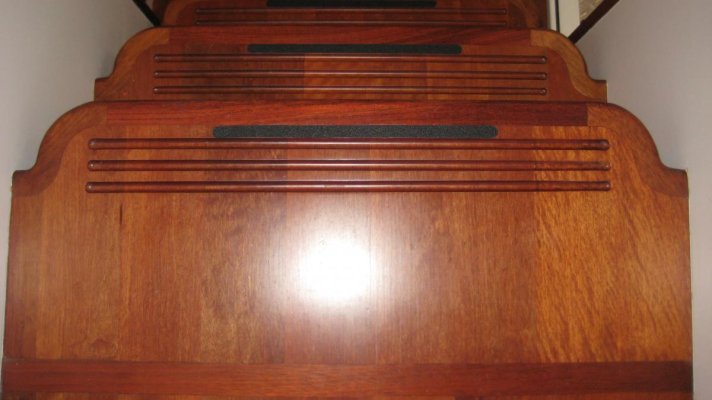Leading Edge
Member
Hello all,
As we embark on sprucing up our 1987 KhaShing trawler, we are puzzled by the different kinds of interior varnish. Can the group shed light on the difference between rubbed, matte, satin, semi-gloss interior varnish? We've been told to use a varnish rather than a polyurethane. Any comments by those who have chosen one over the other?
thanks,
Alison
As we embark on sprucing up our 1987 KhaShing trawler, we are puzzled by the different kinds of interior varnish. Can the group shed light on the difference between rubbed, matte, satin, semi-gloss interior varnish? We've been told to use a varnish rather than a polyurethane. Any comments by those who have chosen one over the other?
thanks,
Alison


